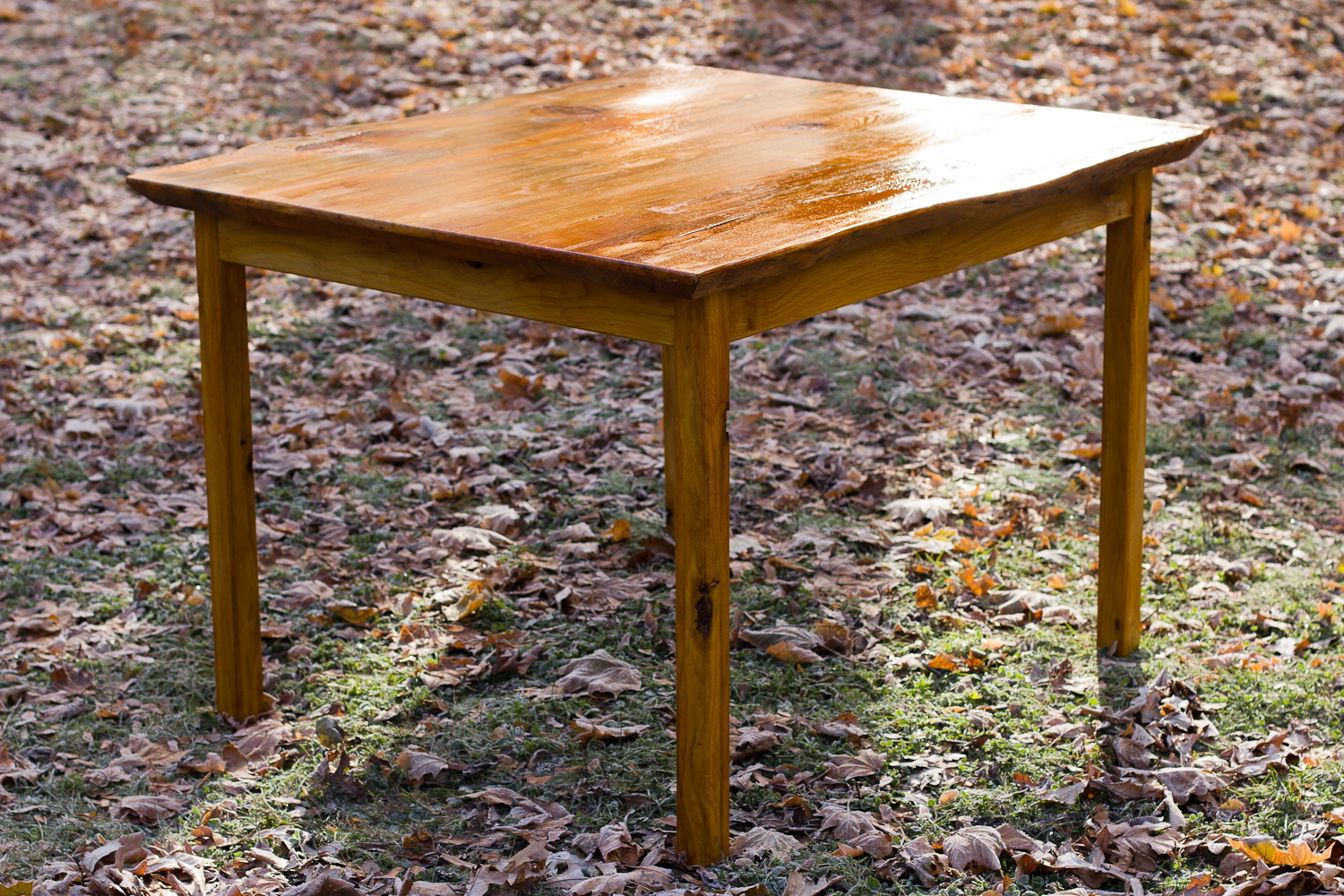Category: design
-

Live Edge Table
My friend, Kyle, needed a table for an upcoming performance art show related to playing and running tabletop games. He wanted a table that could act as a physical document of play. The table as a sort of participant in the games. After his shows he’ll be using it for running other games over the…
-
In Michigan
In Michigan, the Pynchon-esque finds you. A few years ago I did illustrations and layout for an essay that Dave Nelson wrote called In Michigan”. He recently published it on his site. The essay is phenomenal. It gets at the melancholy I feel every winter in this fair state: Read In Michigan: A Primer, A…